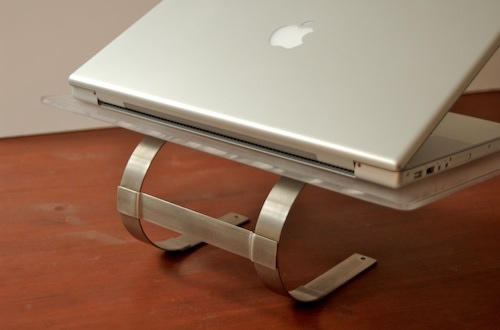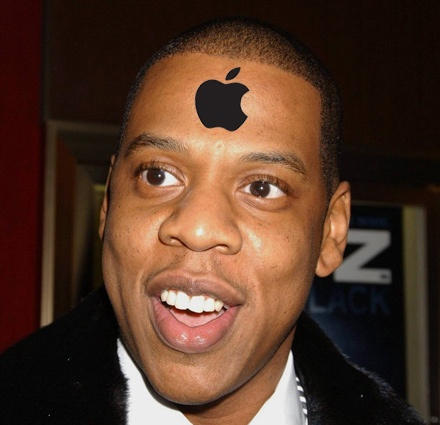Image copyright Andre Gunther
As another year in the Apple-watching game comes to an end, I wanted to take a quick moment to look back on the year that was and search for themes. Given how much Apple got done in 2007, there were a lot to choose from, but one really stands out: Golden Convergence Strikes Back.
For those who weren’t closely watching the moves of Apple closely during the mid-’90s, this might be a new term for you, but it’s a long-time idea in Mac circles. Variously credited to Bahamut of MacEdition and Robert Morgan of Recon for Investors, Golden Convergence speaks to the idea of taking a lot of seemingly divergent technologies and suddenly integrating them into a superior and seamless whole. Originally tagged to the rumored launch of the Apple Media Player in early 1998 (never happened), Golden Convergence has shown up dramatically throughout the second coming of Steve Jobs, from the standardization of USB and FireWire down to the wide use of Mac OS X despite initial resistance by the installed base.
But 2007 was when it really blossomed. We saw Apple take dozens technologies and roll them out to multiple platforms. OS X mutated and got optimized for the AppleTV, iPhone and, later, the iPod Touch. CoverFlow, initially created for iTunes 7, showed up first on the AppleTV, then the iPhone, then the iPod Classic, Nano and Touch before becoming the centerpiece of the Leopard UI. Front Row moved from the AppleTV to virtually every Mac on the market. Flexibility bred new uses, new interactions, new consistency. Everything Apple worked on had a tighter link than ever to another Apple product.
And nowhere is this more evident than the iPhone, the most flexible platform Apple has created since the original Mac. For now, it’s officially impossible to install third-party software on it, but that will change in early 2008 with the release of the iPhone and iPod touch Software Developer’s Kit. The reason that the iPhone is great is that nothing about it makes it a phone only. Its form is built for maximum flexibility. Few hardware buttons. Multi-touch creating hardware controls where and as they are needed. It can be an Internet browsing tablet, an iPod and an e-mail reader. Nothing about its hardware design precludes any future uses. If you build it, this thing will come along.
And that right there is the essence of Apple’s new spin on Golden Convergence. Don’t design anything in hardware that locks you into a current use or goal. Instead, build an interface flexible enough to accommodate all kinds of future uses or even new businesses. The iPhone could become a very powerful gaming platform is Apple decided to steer it in that direction. It could be slightly modified into a point of purchase device. The next version, upgraded with 3G and a GPS chip, could easily become a navigation device to challenge Garmin’s product line. Get a decent CCD into it with a better lens and a flash, and it’s a decent consumer digital camera.
It’s brilliant design, and it flips on its head the way that Apple approached new technologies in the 1990s. Back then, Apple wanted to make everything: printers, digital cameras, scanners, PDAs, stereos, game consoles — everything. Now, Apple still wants to play in all kinds of product categories, but they’re setting themselves up to do that with a single device. Don’t sell everything. Sell everyone iPhones. You’ll reduce your number of SKUs while also locking people into a product that generates monthly revenue long after its purchase price has been swallowed. Every year, build in faster chips and add a few features that are locked into hardware. Do everything else via software.
Apple already started this process in 2007, and I expect to see it increase dramatically over the next five years. After all, would you rather by an Apple TV or just get a high-capacity next-gen iPhone that can wirelessly stream video to your TV? It’s the safest way to innovate, and Apple nailed it. Happy New Year, everyone!





![Macworld 2008 Will Put “Something in the Air” [Macworld Predictions] post-1651-image-8fe2a02bd80f95ce48d2520267e44e18-jpg](https://cdn.cultofmac.com/wp-content/uploads/2008/01/post-1651-image-8fe2a02bd80f95ce48d2520267e44e18.jpg)















